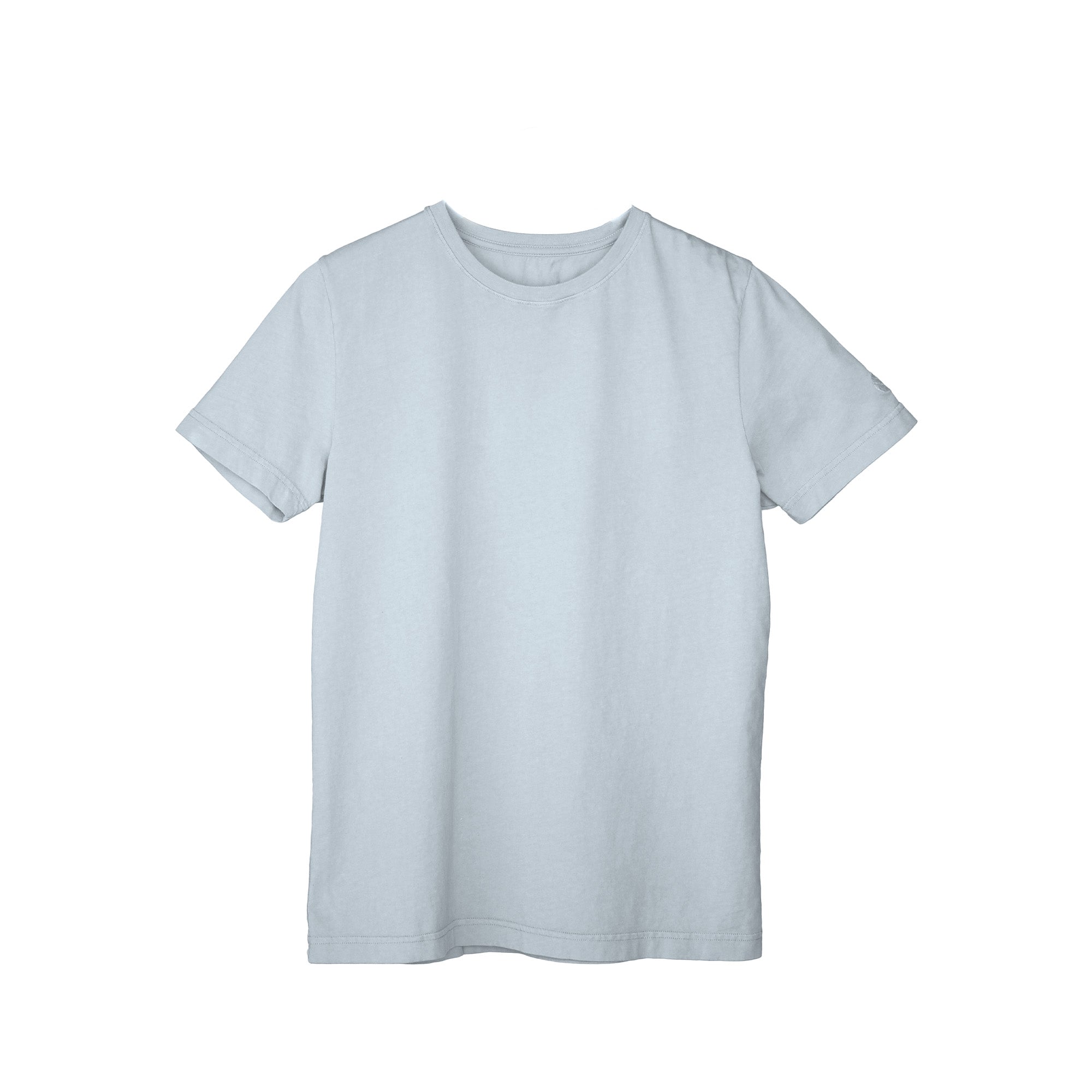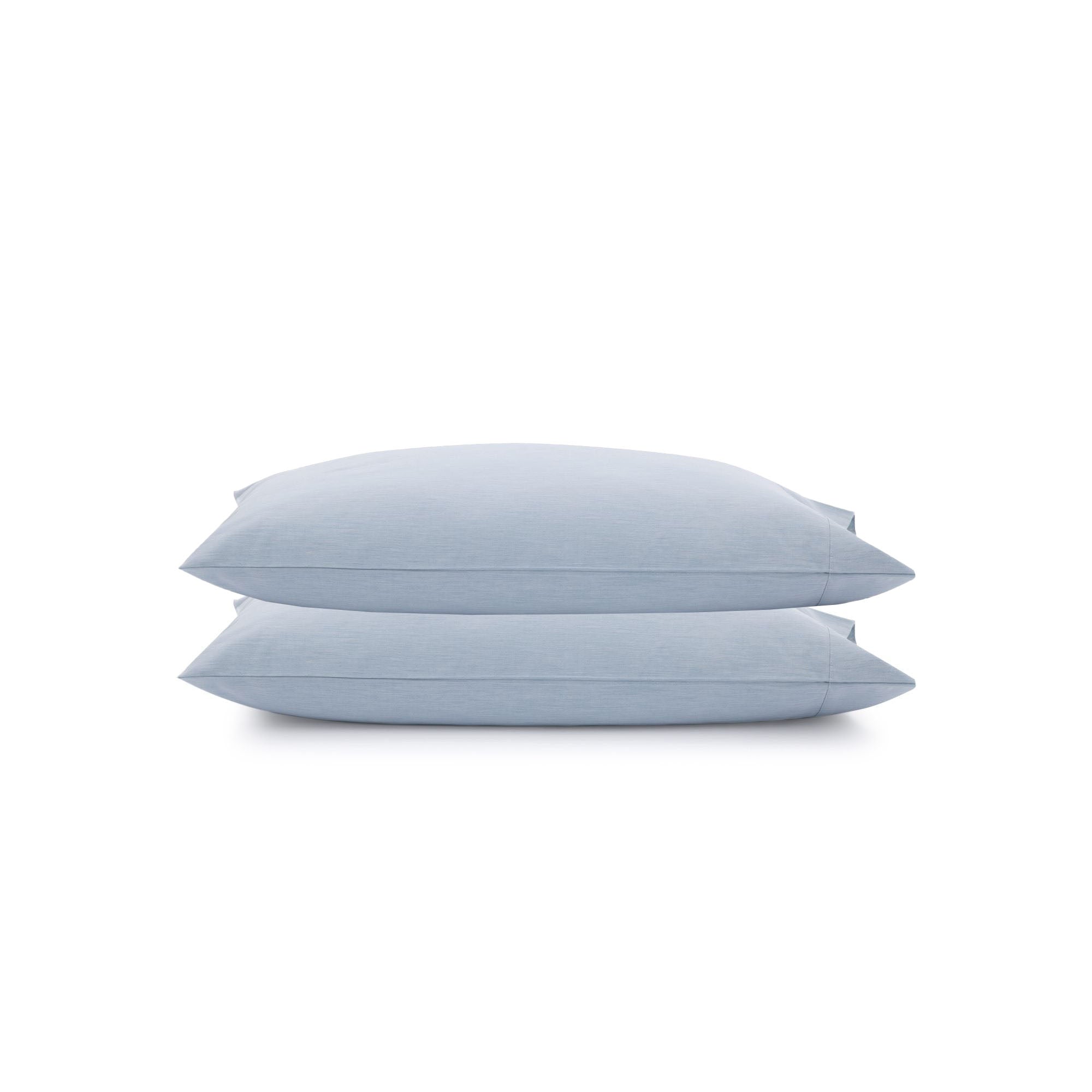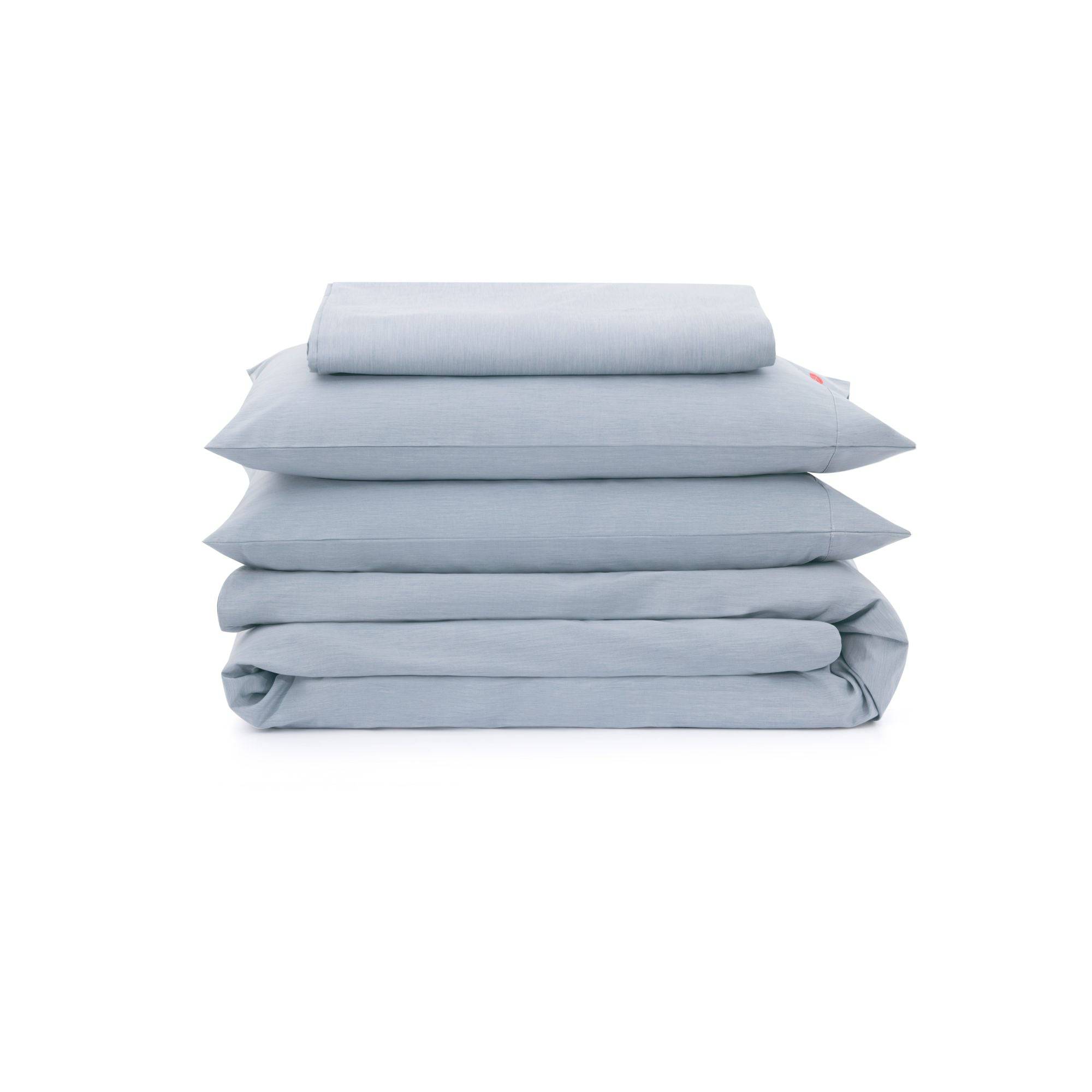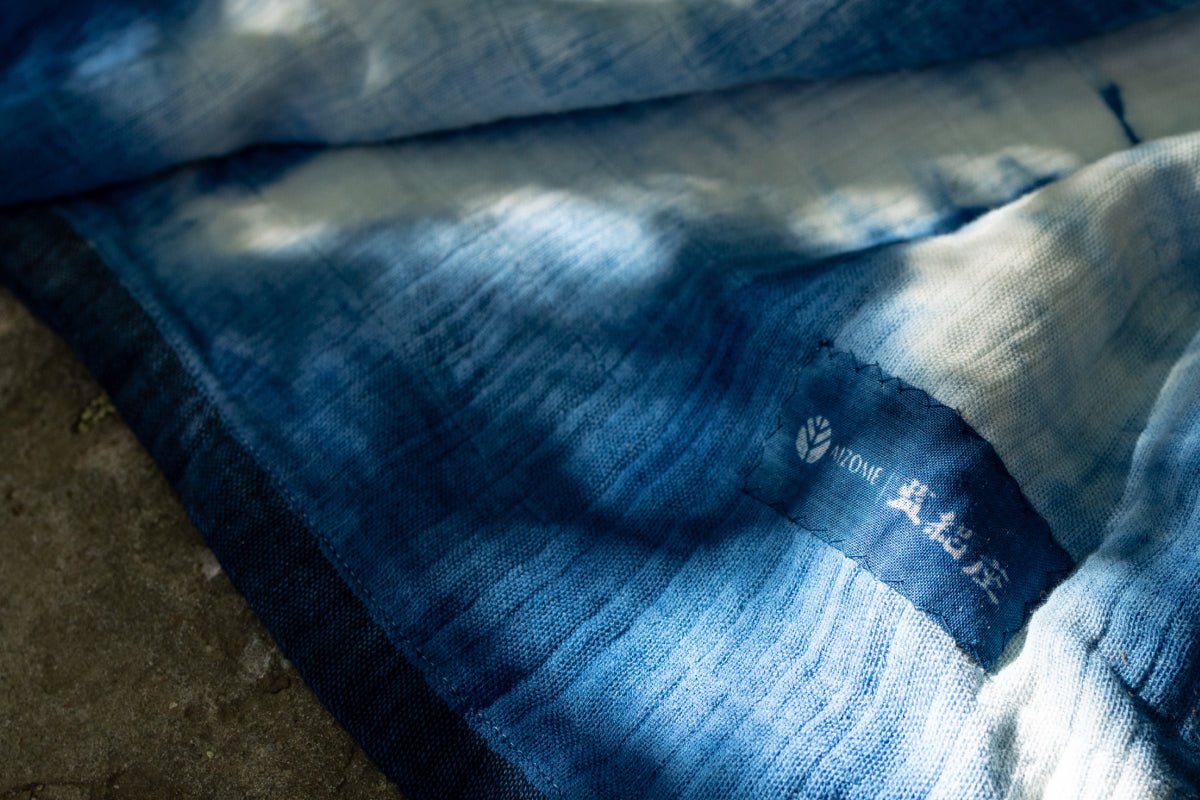It is not news that fabric dyeing processes require a lot of water. The textile industry has been facing the major challenge of developing more environment and water-friendly measures for their procedures; but amidst all their effort, these processes still leave a large water footprint on the environment.
Water shortage has become such a major issue with about 25% of the global population facing a shortage. Sadly, even with these scary figures, giant textile companies are still carrying on with normal production activities without a care in the world.
Just how much water is being used?
The answer? Way too much! Research shows that about 425,000,000 gallons of water are being used daily in the manufacture of textiles in India alone, with 500 gallons being used to produce a single pair of jeans. A lot of dye houses in China and India are being accused of exhausting water supply to different towns and also of indiscriminate dumping of wastewater from their production processes.
The production and dyeing of materials like polyester and cotton require millions of gallons of water. This means, almost every step involved in dyeing processes uses up thousands of gallons of water. This is mainly due to the fact that the production of synthetic dyes requires a lot of water for every single step. On consideration of other production processes, one can ultimately say that overall textile production comprises of 61% of overall water usage.
How this affects the environment
The large water consumption by the textile industry is one thing, but the other major problem is water contamination. Textile production involves the use of a lot of chemicals and other substances that are usually harmful to the environment. When this water is being disposed of, it exposes the waterways to all kinds of pollutants, thus posing a serious health risk to the inhabitants of that area.
The amount and kind of pollutants that emanate from a particular textile industry depends on a variety of factors including the kind of facility, processes, technology, and even the fibers being used.
- Inorganics like phosphates, phenols, pesticides, etc.
- High BOD (Biological Oxygen Demand) and COD (Chemical Oxygen Demand) levels
- High concentrations of Total Dissolved Solids and Total Suspended Solids
The effluent from textile production processes can cause a large depletion of the oxygen level in waterways; thus, leading to the death of aquatic life and subsequently a health hazard to humans. This is why dyes and textile wastewater are considered to be one of the most lethal environmental pollutants.
What can be done?
The truth is, if these practices are allowed to continue, then we might be facing more environmental problems on a global level. Many methods such as electrocoagulation have been proposed as a means for the treatment and reuse of textile wastewater. This technology utilizes the fundamentals of electrochemistry, simple flotation and coagulation in wastewater treatment in the bid to treat textile wastewater sustainably. This method can also be used as a pre-treatment method to remove harmful metals, color and other chemicals from the water before disposal.
This GREEN PEACE DETOX report put the spotlight on big brands like Zara and H&M for polluting water bodies in producing countries. Several years on, almost all the mentioned brands have offered more transparency, and have committed to cleaning up their act. However, progress is moving at a snail's pace.
Another method of managing water consumption in the textile industry is through waterless dyeing. Although still a far-fetched solution in many parts of the world, it seems very promising, and with pressure from consumers, good things can happen. It involves the replacement of water with CO2 which eliminates the contamination and preserves water. This technology is mainly being used on polyester fabrics; however, major brands like IKEA and NIKE have already adopted the practice. This process works because Carbon dioxide is biodegradable and readily available. It is also non-toxic and non-corrosive. It can also be recycled and reused for more dyeing. This technique is ultimately more cost-effective, and since CO2 is biodegradable and non-toxic, it is very friendly to the environment.
Conclusively, it can be agreed that water pollution and usage in the textile industry has been a major ache for decades for many experts in the business. However, with new measures surfacing, and the support of major brands, one can say that there is a light at the end of this very dark tunnel.

What we do
Aizome is more than a bed sheet brand. We really care about the environment and do our part to conserve our resources. With our patent-pending technology, we manufacture fabrics purely from plant material that create an ideal solution for people with sensitive skin and also doesn’t put a strain on the environment. Also, we make use of sound waves to bind leaf color to fabrics, minimizing and almost eliminating the use of water altogether.







 Bedding
Bedding
 Clothing & Accessories
Clothing & Accessories
 Artisan Line
Artisan Line



Leave a comment
All comments are moderated before being published.
This site is protected by hCaptcha and the hCaptcha Privacy Policy and Terms of Service apply.